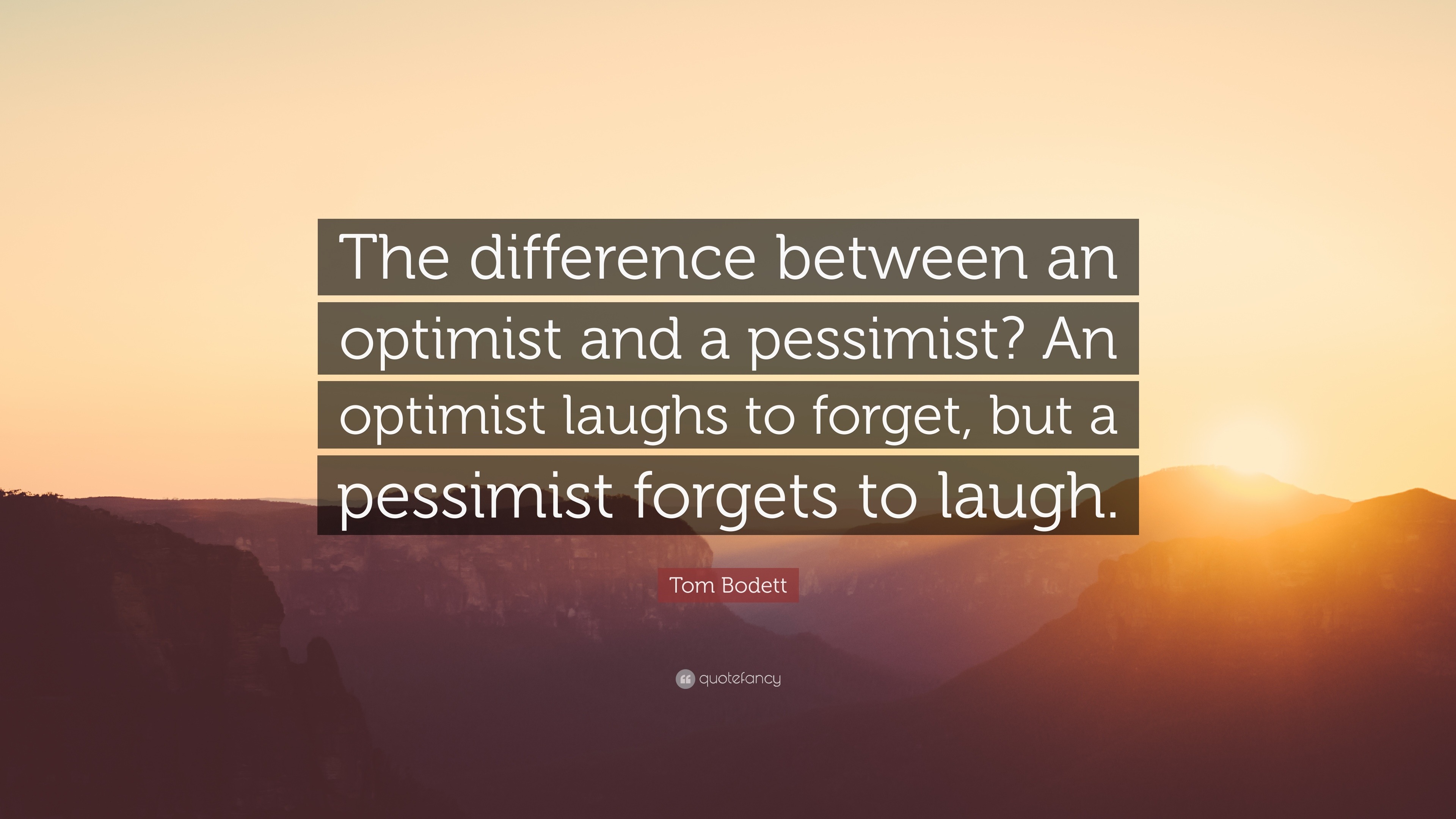



In the organizational environment, pessimists and optimists also have different attitudes and reactions, especially when faced with change: optimists adapt more easily to new working conditions, discover opportunities and focus on their development, while more pessimistic employees are more depressed, fail to cope with change and often experience decreased performance. In the face of challenges, optimists are more likely to react more quickly than pessimists, as the latter consider it unnecessary to make an effort. If pessimists tend to notice the dangers and obstacles that prevent them from accomplishing something, optimists often identify potential opportunities. Optimists tend to see good things everywhere, they have more confidence in them than pessimists and the positive things the future holds for them. Optimists believe that the negative events they experience are temporary and do not affect other aspects of life, unlike pessimists, who tend to exaggerate the effects of a negative event and see it as permanent and general.įor negative situations, pessimists usually make internal assignments (consider themselves directly responsible for what happens to them), while optimists think that they have control over their lives and in their ability to maintain relationships with others.

Optimists do not relate to the past and do not allow past failures to overwhelm them, unlike pessimists who place undue importance on the mistakes and failures they have had.
#Optimism and pessimism full
The difference between optimistic and pessimistic is that optimists focus on the full half of the glass, while pessimists rather see the empty one it is about the different way in which everyone focuses only on those aspects that they tend to exaggerate and at the same time lose sight of the opposite ones: optimists are more attracted to positive stimuli and pessimists to negative ones.


 0 kommentar(er)
0 kommentar(er)
